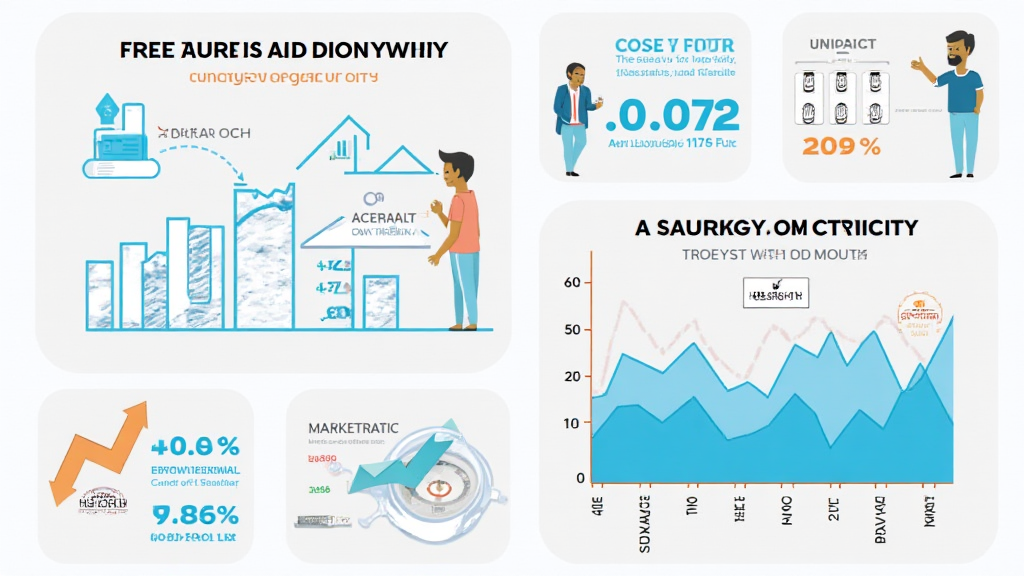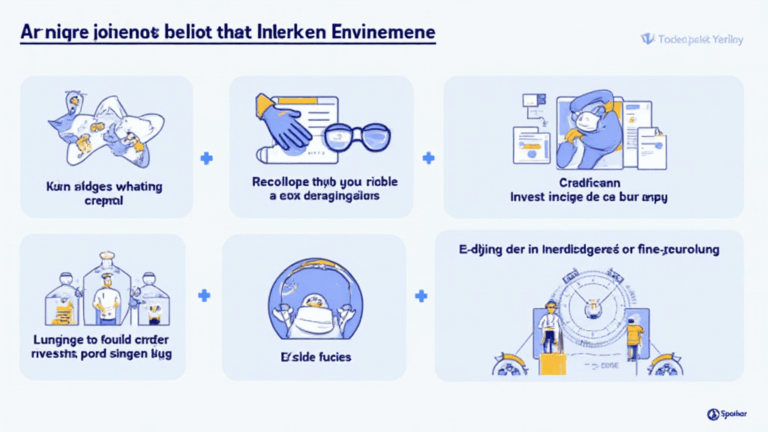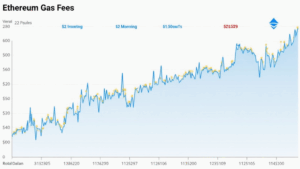Understanding Mining Profitability: Key Factors and Insights
Have you ever wondered why some cryptocurrency miners seem to be thriving while others struggle to keep the lights on? It’s a complex ecosystem, but at its core lies the intriguing concept of mining profitability. In 2024 alone, the global crypto mining market was valued at approximately $6.8 billion, a significant increase from the previous year. With more people becoming interested in mining, understanding what affects profitability is critical for both new and seasoned miners alike.
The Basics of Mining Profitability
In simple terms, mining profitability refers to how much profit a miner can generate from their mining activities after deducting all costs. To get a grasp of this concept, let’s break it down into a few vital components:
- Hash Rate: This measures a miner’s computational power. The higher the hash rate, the more likely they are to solve complex mathematical problems faster than others.
- Electricity Costs: Mining consumes a considerable amount of energy. Costs vary significantly across regions—mining in countries like Vietnam can be more economical due to lower electricity prices.
- Bitcoin Price: The profitability of mining also significantly relies on the market price of Bitcoin or other cryptocurrencies being mined. A higher market price translates to more profit per mined unit.
Impact of Market Conditions on Mining Profitability
Market dynamics play a crucial role in determining mining profitability. Historical data indicates significant fluctuations in mining revenue corresponding to market trends. For instance, according to CoinDesk, the Bitcoin average price rallied to over $63,000 in late 2021 during the bull market.

Let’s consider these trends:
- Bear vs. Bull Markets: In bear markets, the downward pressure on prices can make mining unprofitable, forcing miners to shut down operations or even sell their rigs at a loss.
- Difficulty Adjustment: The blockchain adjusts mining difficulty approximately every two weeks to ensure that blocks are mined consistently. Increased competition means miners must constantly upgrade their hardware.
Technological Advancements and Their Influence
Technological improvements can dramatically affect mining profitability. High-efficiency mining rigs can substantially increase hash rates while lowering energy consumption. Popular examples include the Antminer S19 Pro, which can achieve a hash rate of up to 110 TH/s with relatively low power consumption.
Here’s why staying updated matters:
- Cost Efficiency: Advanced equipment may initially appear costly. However, operational savings can lead to higher profitability in the long run.
- Upgradability: Many miners now use chips that allow firmware updates, enhancing mining efficiency over time.
Legal and Regulatory Considerations
Navigating the legal landscape is crucial when considering mining operations. In Vietnam, regulations surrounding cryptocurrency are gradually evolving, with the government’s recent moves towards establishing clearer frameworks. Understanding laws, like tiêu chuẩn an ninh blockchain, is essential in ensuring compliance and avoiding costly penalties.
This includes:
- Taxation: Cryptocurrencies might be subject to capital gains tax, impacting profitability.
- Licensing: Some jurisdictions require miners to obtain licenses, which can involve additional costs.
Calculating Your Mining Profitability
So, how can one accurately calculate mining profitability? There are several profitability calculators available online, offering real-time data on earnings versus expenses. Miners typically input their hash rate, electricity costs, and pool fees, receiving a projection of their revenues.
Let’s break down an example:
- Hash Rate: 100 TH/s
- Electricity Cost: $0.05 per kWh
- Pool Fees: 1%
- Bitcoin Market Price: $50,000
Using a mining profitability calculator, one could derive their expected monthly earnings to determine feasibility.
The Future of Mining Profitability in Vietnam
Vietnam’s interest in the cryptocurrency sector has shown significant growth. The local market is gradually warming up to the idea of mining, supported by a relatively younger population that’s tech-savvy and open to innovation.
Statistics show that from 2020 to 2023, the number of Vietnamese traders engaging in cryptocurrency grew by over 200%. With the adoption of blockchain technology in various industries, mining could play a significant role in the country’s developing tech landscape.
Conclusion: Strategies to Enhance Mining Profitability
Ultimately, enhancing mining profitability involves a multi-faceted approach. From optimizing your operations to keeping an eye on market trends and ensuring legal compliance, staying informed and resourceful is key. Remember that every miner’s situation is different, and adapting to changes is essential for long-term success.
As we move toward 2025 and beyond, understanding these critical aspects of mining profitability will enable you to make informed decisions in the ever-evolving cryptocurrency landscape. If you’re looking to enhance your mining operations or want to learn more, check out bitcoincashblender for additional resources.
By embracing a thorough understanding of the industry and applying strategic insights, you can increase your odds of achieving success and profitability in mining.











